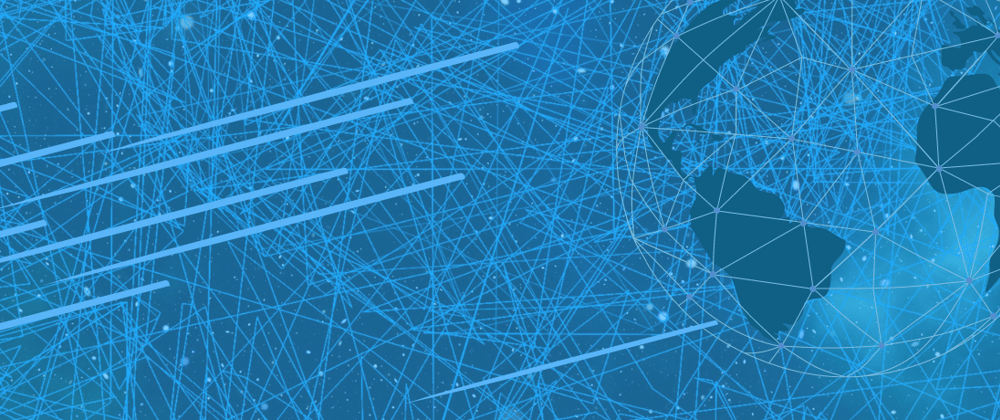The OSI (Open Systems Interconnection) model and the TCP/IP (Transmission Control Protocol/Internet Protocol) model are two fundamental frameworks used to conceptualize and understand how networks function. Both models provide a structured approach to network communication, although they differ in their architecture, layers, and historical development.
OSI Model Overview
The OSI model was developed by the International Organization for Standardization (ISO) in the late 1970s. It consists of seven distinct layers, each with its own set of functions and protocols:
- Physical Layer: Deals with physical connectivity and transmission of raw data over the network medium.
- Data Link Layer: Manages data framing, error detection, and correction at the link level.
- Network Layer: Handles logical addressing, routing, and packet forwarding across multiple networks.
- Transport Layer: Ensures end-to-end communication and reliable data transfer between devices.
- Session Layer: Manages communication sessions and establishes, maintains, and terminates connections.
- Presentation Layer: Handles data translation, encryption, compression, and formatting for the application layer.
- Application Layer: Provides user interface and services, interacting directly with end-users and applications.
TCP/IP Model Overview
In contrast, the TCP/IP model was developed by the U.S. Department of Defense in the 1970s to build the ARPANET, the precursor to the modern internet. It comprises four primary layers:
- Application Layer: Contains protocols that directly interact with end-users for services like email, file transfer, and browsing. 2.Transport Layer: Ensures end-to-end communication and manages data flow between devices using TCP or UDP.
- Internet Layer: Handles addressing, routing, and packet forwarding through the use of IP (Internet Protocol).
- Link Layer: Deals with local network connections and hardware addressing.
Differences and Comparisons
- Number of Layers: OSI has seven layers, whereas TCP/IP has four, which results in a more concise and streamlined model.
- Development History: OSI was developed as a conceptual framework, while TCP/IP evolved practically to build the internet infrastructure.
- Standardization: OSI model is a reference model used to understand networking concepts, whereas TCP/IP is the de facto standard for internet communication.
- Layer Functions: While the layers of both models cover similar functionalities, they differ in naming conventions and the level of detail.
Conclusion
Both the OSI and TCP/IP models serve as essential tools for understanding network communication. The OSI model offers a comprehensive theoretical framework, whereas TCP/IP is the practical standard guiding the structure and functioning of the modern internet. Understanding these models provides insights into the complexities of network protocols, aiding in troubleshooting and designing efficient networks.







Top comments (0)